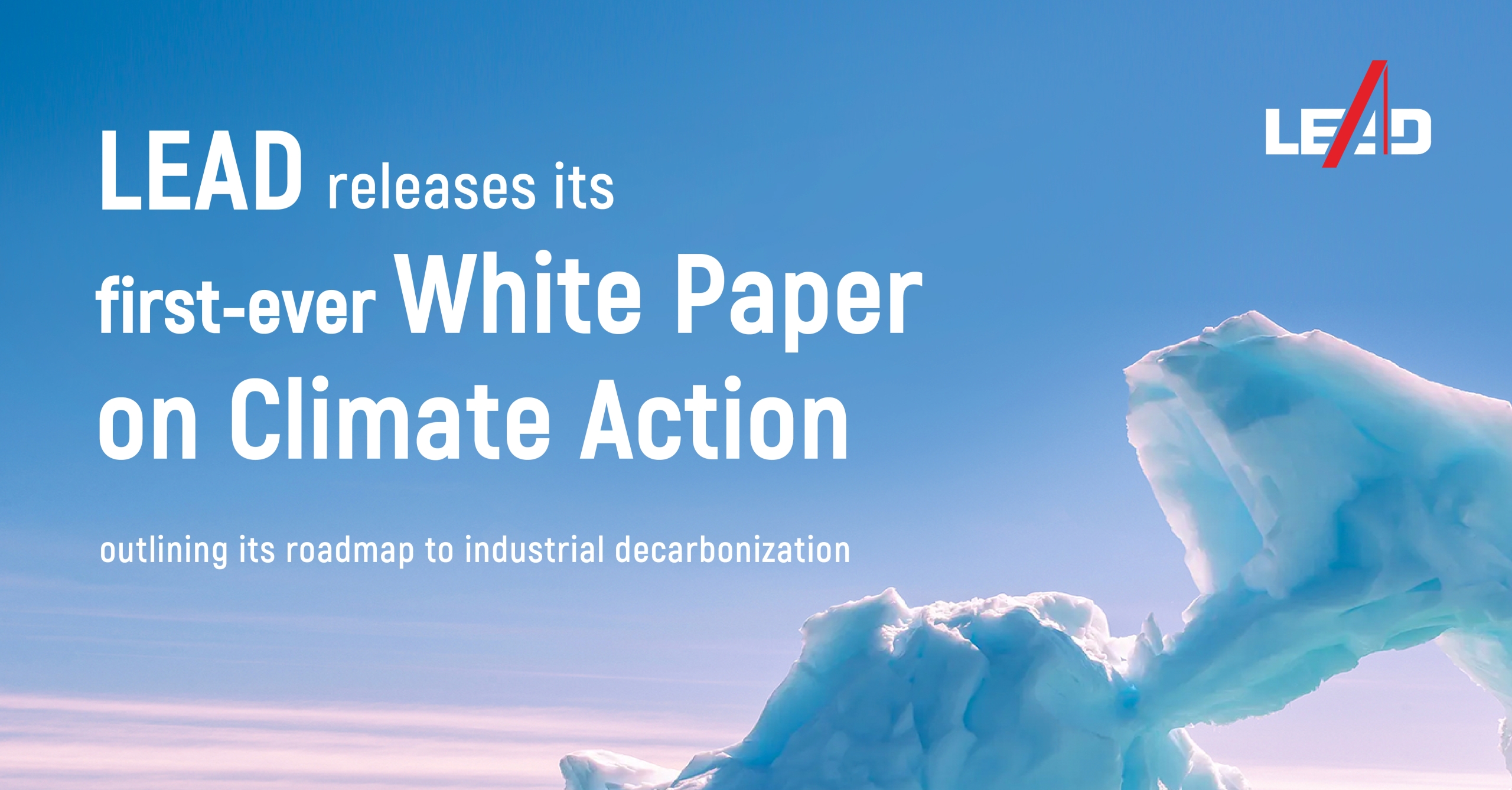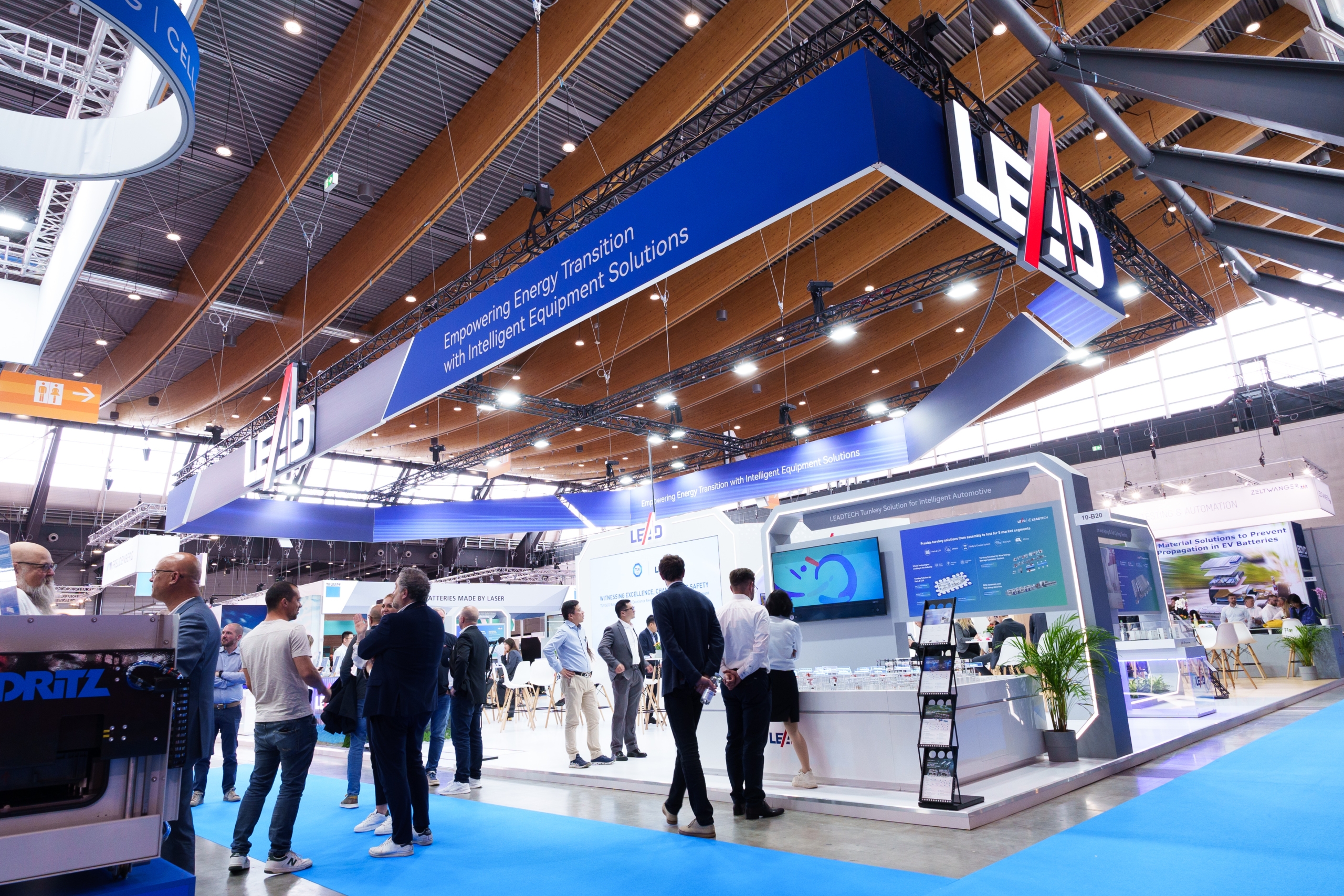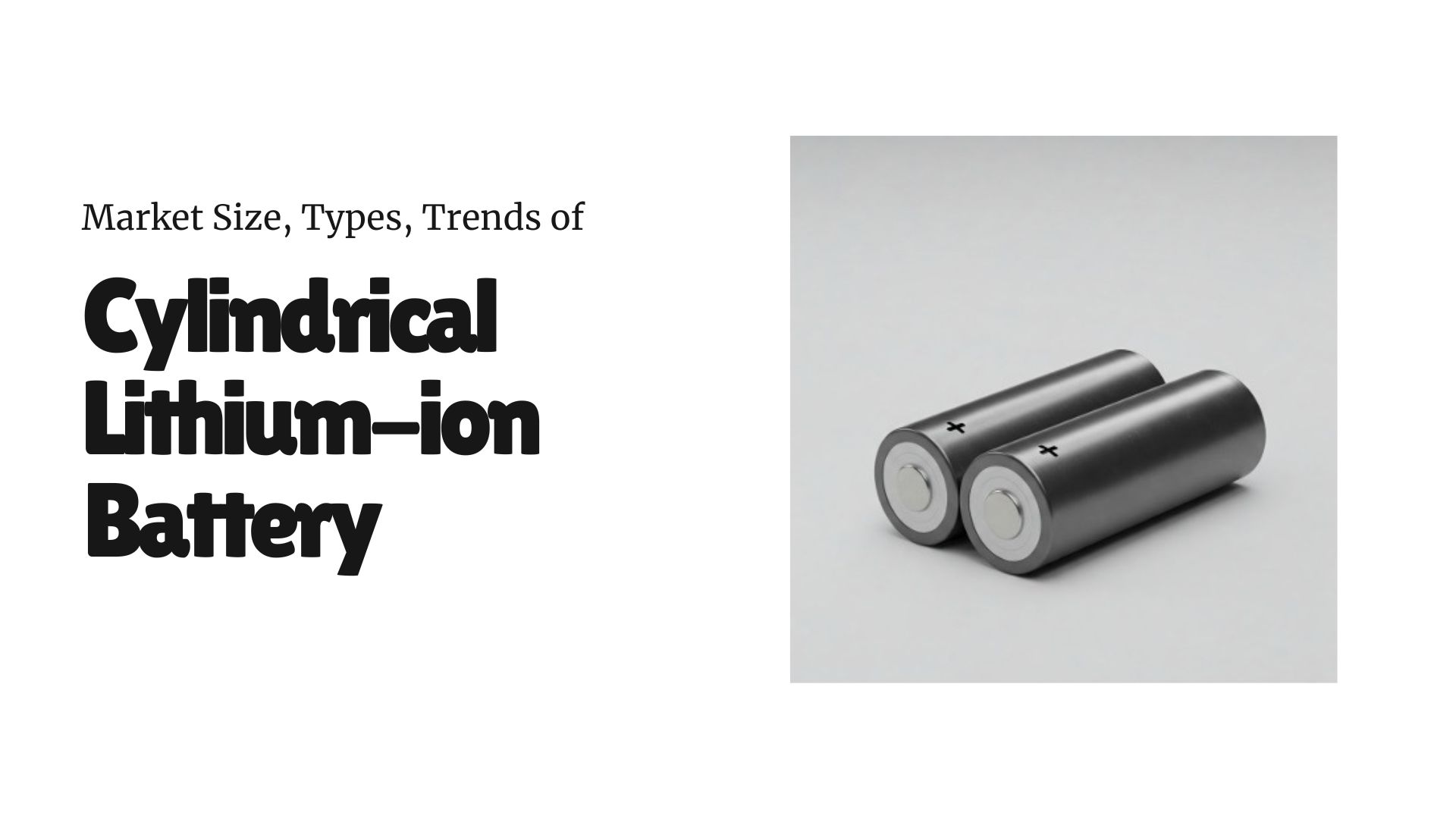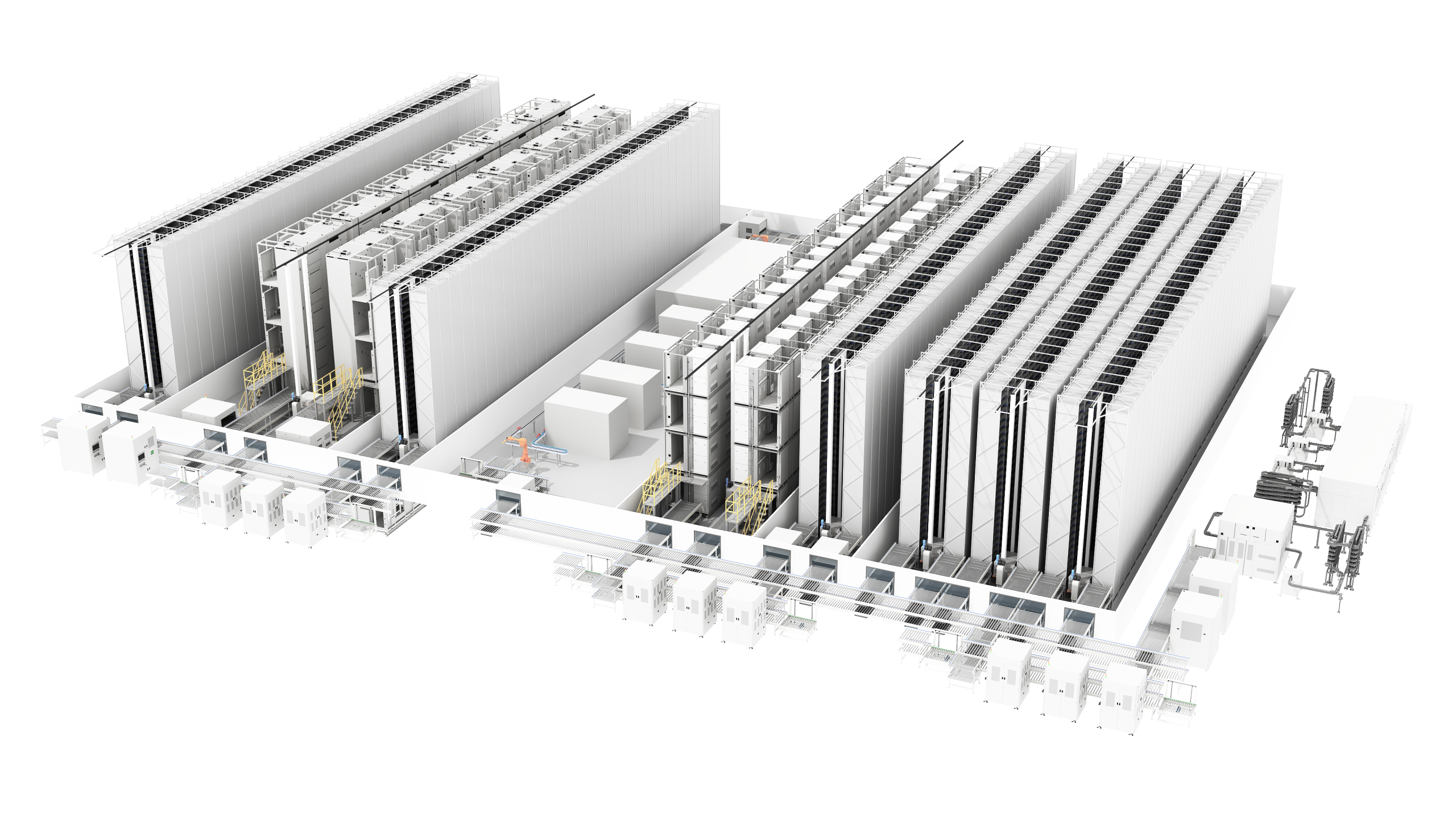
On June 5, 2025—coinciding with the 54th World Environment Day— Lead Intelligent Equipment (hereinafter referred to as “LEAD”) officially released the first Climate Action White Paper in China’s new energy equipment industry. The white paper systematically discloses the company’s climate actions and achievements. Based on the international TCFD (Task Force on Climate-related Financial Disclosures) framework, the report highlights LEAD’s comprehensive response to climate change and presents a replicable “LEAD Model” to support the global new energy sector’s low-carbon transition.
Pioneering Green Operations Toward Net-Zero Manufacturing
As the first enterprise in China’s new energy equipment industry to publicly commit to carbon neutrality, LEAD reaffirms in the white paper its goal to peak Scope 1 and Scope 2 emissions by 2030 and achieve carbon neutrality in core operations by 2035. To this end, the company has established a three-tier climate governance structure led by the Board of Directors, embedding emissions reduction responsibilities across the organization.
By the end of 2024, LEAD had completed carbon footprint assessments for multiple core products, two of which were certified under ISO 14067. Its greenhouse gas emissions data has been third-party verified and publicly disclosed, underscoring the company’s commitment to transparency and robust climate governance.
LEAD continues to set new benchmarks in green manufacturing. In April 2025, its second plant in Wuxi became the first facility in China’s new energy equipment industry to be certified under ISO 14068—the latest and most rigorous international standard for carbon-neutral factories. Through measures such as cleaner production processes, intelligent energy management systems, and carefully managed carbon offsets, the facility has achieved verified carbon-neutral operations—demonstrating that low-carbon transformation in this sector is not only feasible, but also measurable.
In its daily operations, LEAD’s systematic approach to green management continues to lead the industry:
- A distributed rooftop PV project in China is expected to generate over 10 million kWh annually, all of which is consumed onsite.
- In 2024 alone, its digital energy management platform saved68 million kWh of electricity.
- A full-line packaging optimization project has reduced carbon emissions by 674,900 kilograms as of 2024.
These initiatives not only reduce operational costs but also provide tangible benchmarks for sustainable operations across the industry.
Collaborating Across the Value Chain for a Low-Carbon Future
LEAD recognizes that the global energy transition demands coordinated efforts across the entire value chain. The company is committed to leveraging intelligent manufacturing to support this transition—embedding sustainability deeply into its R&D and global collaborations, and promoting a shift from isolated enterprise-level reductions to a comprehensive, industry-wide low-carbon transformation.
On the product development front, LEAD consistently prioritizes efficiency and energy savings in its design philosophy, delivering solutions that combine commercial value with sustainability. Its third-generation dry-coating composite machine reduces energy consumption by 38% and factory space requirements by 80% compared to traditional wet-process electrode production. Its AI-based battery capacity prediction technology cuts the number of required formation systems by 50%, shortens formation time by 50%, and reduces energy consumption by 60%. These figures reflect not only LEAD’s deep technical expertise as an industry leader, but also its strong sense of responsibility in driving sector-wide emissions reduction through energy-efficient equipment.
Strategically, LEAD provides intelligent, efficient, and low-energy manufacturing solutions across key new energy sectors, including lithium-ion batteries, photovoltaics, hydrogen, and energy storage. Key highlights include:
- Supporting the construction of the world’s first automated hydrogen electrolyzer factory, which will have an annual production capacity of 2 GW of proton exchange membrane (PEM) electrolyzers once fully operational.
- Proactively expanding into solid-state battery technologies, with breakthroughs in dry electrode processing and ultra-thin electrolyte membrane production—driving the industry’s evolution toward low energy consumption and high energy density.
Climate change is a shared global challenge. LEAD recognizes that sustainable development is not only a strategic imperative, but also a historical responsibility. Looking ahead, the company will continue to deepen low-carbon practices across the entire value chain. By working hand in hand with both upstream and downstream partners, LEAD aims to build a thriving green ecosystem—injecting lasting momentum into the global energy transition.







